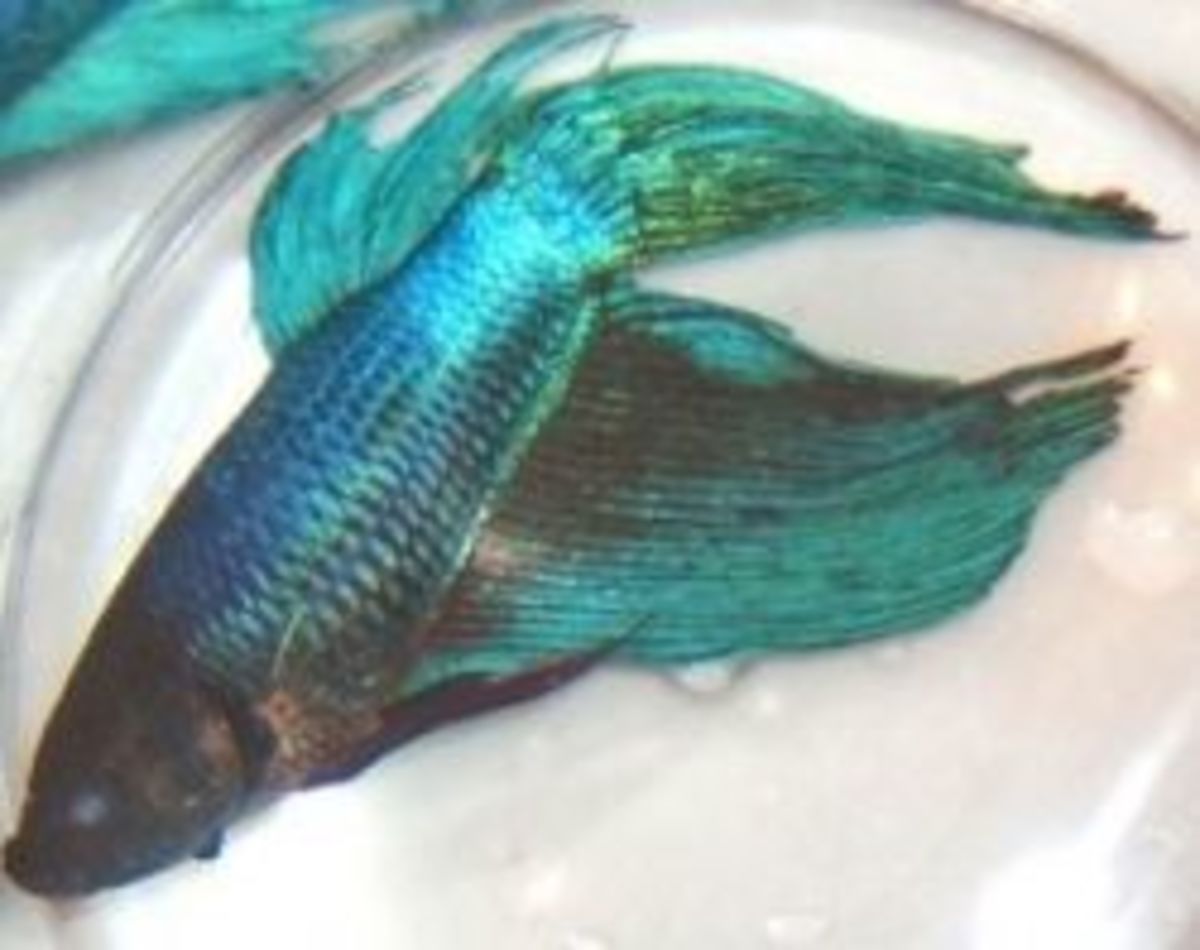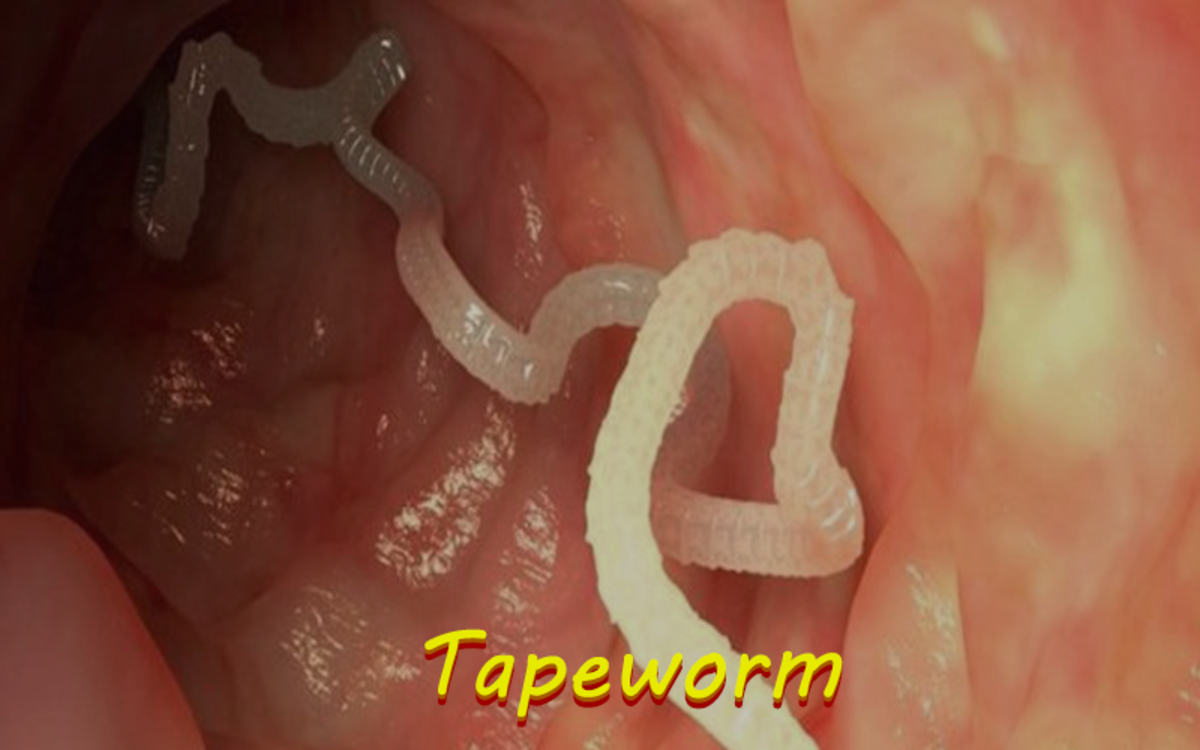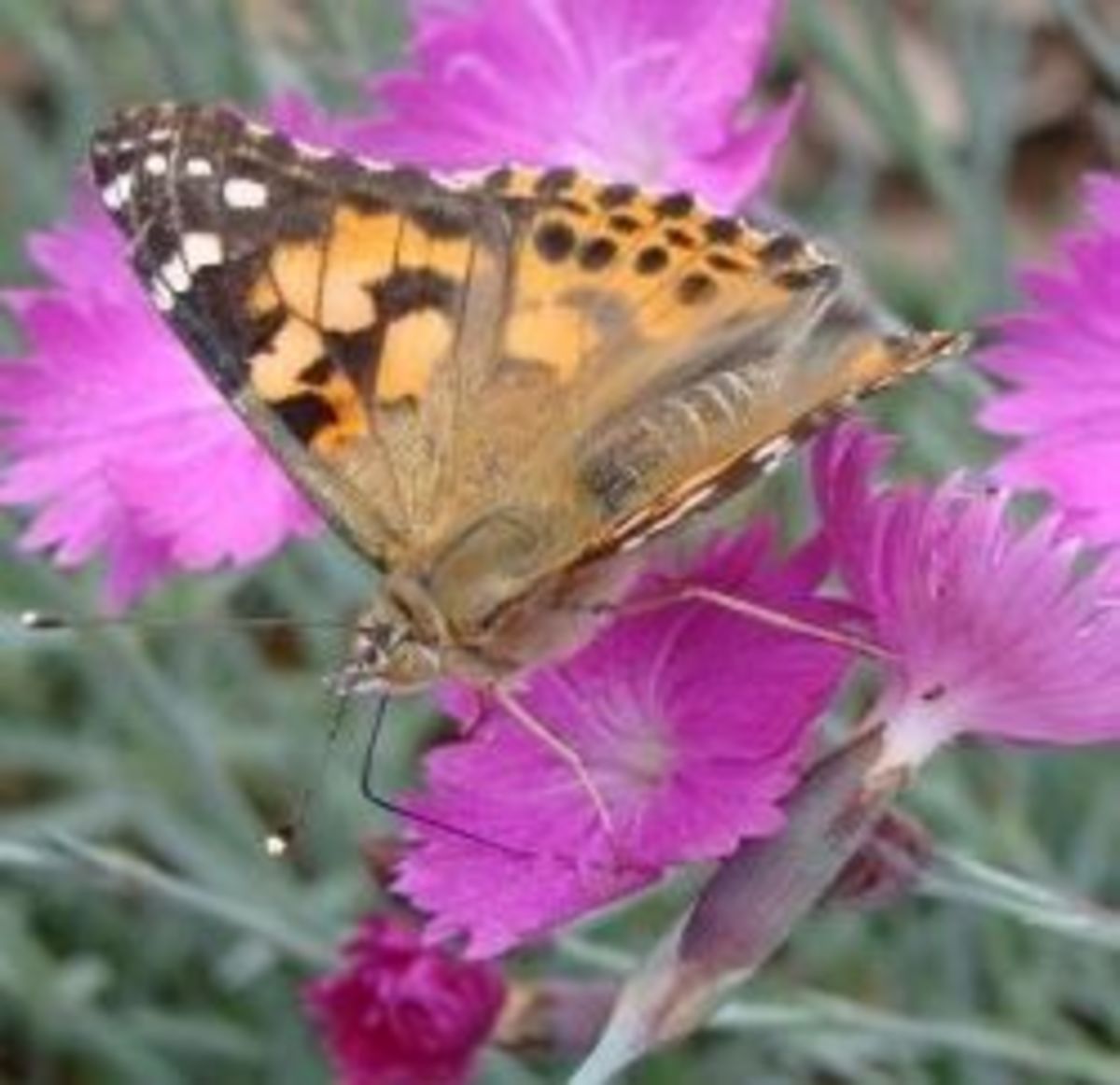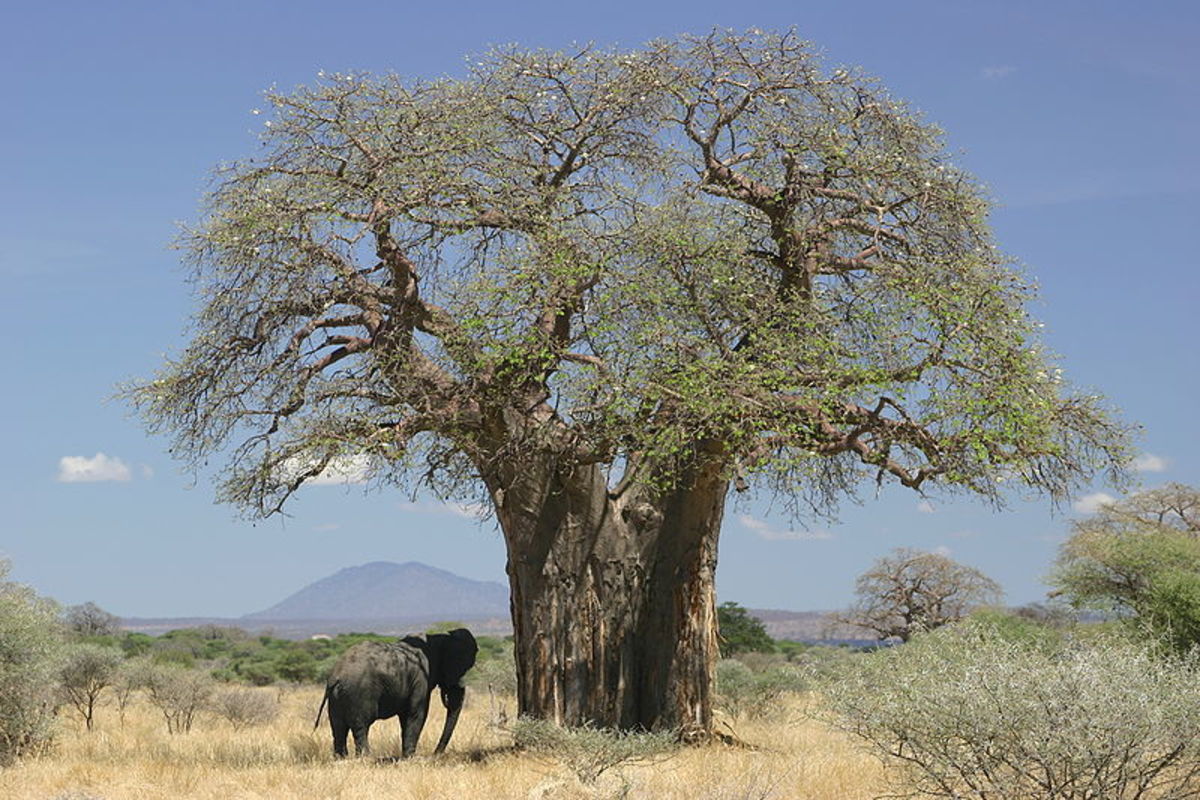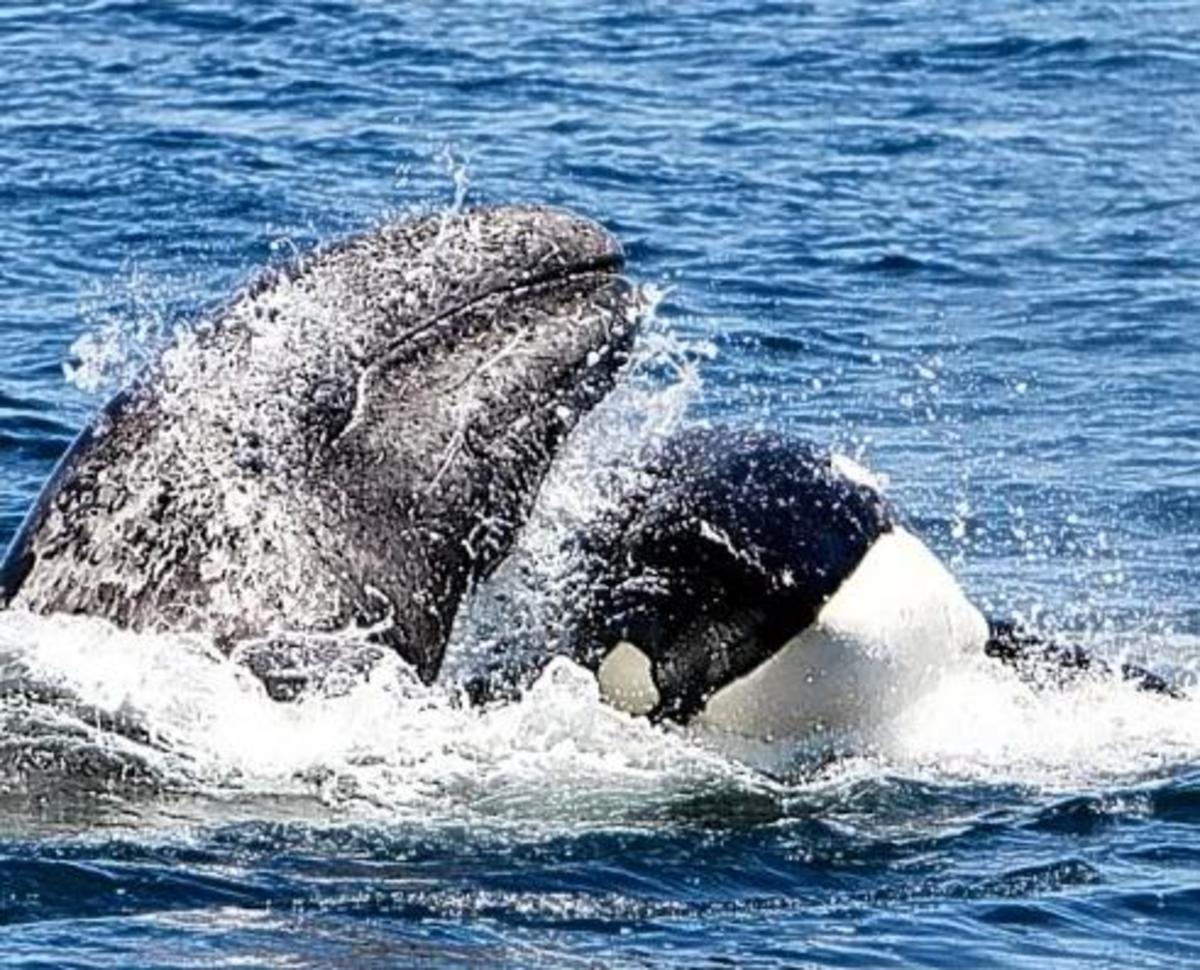Symbiosis from an Evolutionary Perspective. Understanding parasites, commensals and mutualists.
Updated on October 27, 2009
Symbiosis is the coexistence of two or more organisms together. Symbiotes can be broken down in three ways. One system, that is not widely used, is to break symbiotes down into endosymbiotes and exosymbiotes. Endosymbiotes live within the body of a host while exosymbiotes live outside of, but on, the body of a host (such as on the skin, vaginal mucosa or gastrointestinal tract mucosa).
Symbiosis and parasitism are not opposites. Rather, parasitism (like commensalism and mutualism) is a type of symbiosis. A second breakdown of symbiosis is to look at the host/symbiote relationship. Under this relationship scheme there are three forms of symbiosis: parasitism, commensalism and mutualism. Parasitism is a relationship where the host is harmed, and the symbiote is benefitted (illustrated by the shorthand -/+). Commensalism is a relationship where there is no harm or benefit to the host, but the symbiote is benefitted (0/+). Mutualism is a relationship where both are benefitted by the association (+/+). It should be noted that detritivores (those that consume dead tissues) also exhibit a 0/+ relationship with their source of nutrients, but since their host is dead (thus not benefitted or harmed) they are not considered commensals or true symbiotes.
The final classification scheme of symbioisis is a combined form of classification where symbiotes are classified as both exosymbiotes or endosymbiotes and as parasties, commensals or mutualists. Thus the six resulting classifications are: exoparasites, endoparasites, exocommensals, endocommensals, exomutualists and endomutualists. Examples of each are given below.
Exoparasites - ticks, fleas, hookworms, tapeworms.
Endoparasties - heartworms, many fungi and protists.
Exocommensals - normal bacterial skin flora, Demodex (normally).
Endocommensals- hemogregarines, Dipetalonema reconditum.
Exomutualists- Vit. K producing enteric bacteria, Balantidium eleacus (tortoise gut).
Endomutualists- intracellular algae in lichens, mitochondria, chloroplasts.
It should be noted that some commensals and perhaps, though rare, even some mutualists can become parasites under certain conditions. Such a switch to pathologic behavior is called facultative or opportunistic parasitism. It should also be noted that many classical parasites are not harmful to the whole animal in low concentrations and thus could be considered commensals under these circumstances. Thus, symbiosis should be considered a continuum between parasitism and mutualism with the lines often becoming blurred depending on the host and the host’s health.
Parasitism
Parasites are a group of symbiotes that cause harm to a host. The harm caused may be subclinical in most situations, but the tenuous balance between subclinical and clinical harm is easily disrupted. In order for an organism to be classified as a parasite there must be corresponding pathology. Without pathologic change the symbiote cannot be called a parasite and must be considered a commensal or a mutualist. The pathologic changes reflect the deleterious effects of the parasite, though the animal as a whole may be able to compensate quite well and thus may not demonstrate clinical disease. Thus by definition, parasites are pathologic no matter the numbers of parasites infecting/infesting the host, though the pathology may be minimal and not cause disease. In contrast, commensals do not elicit pathologic change in the host unless the host is debilitated or there is marked over population of the symbiote (shift to facultative parasitism).
A truly host adapted “parasite” is no longer a parasite. Once host adapted, parasites become commensals. It should also be noted that a truly host adapted “parasite” is no longer a parasite. Once a parasite becomes truly host adapted it is no longer pathogenic under normal circumstances and thus becomes a commensal, neither harming nor benefiting the host. Adaptation to a host progresses through evolutionary stages. In the first stage, the symbiote is unable to survive for long enough to complete life cycle stages (such as maturing from a L3 to L4 larva) in the new host. Second stage adaptation allows the symbiote to survive for a limited time in the new host and to complete part of a life cycle stage in the host (such as reaching maturity, but not producing offspring). Third stage adaptation allows the symbiote to survive and complete its life cycle in the new host, yet it still does not survive as long in the new host as in the original. Fourth stage adaptation allows the symbiote to survive a long period of time (as long as in its original host) in the new host. Fifth stage adaptation reduces the pathologic effects of the parasite so that it does not kill the new host, but still can cause problems in the host, especially with overpopulation. In sixth stage adaptation, the symbiote is completely adapted to the new host and there is little, if any, pathology associated with it, and there is marked adaptation of the host as well, which includes some level of population control, except under conditions of immunosuppression of the host. At the sixth stage, the healthy host does not form over populations of the symbiote and the symbiote is no longer a true parasite but a commensal.
Parasites that have more than one host follow the same stages of adaptation with the exception that the complete life cycle is not in one host. In these instances the first through sixth stages of adaptation refer not to complete life cycles but to complete “hemicycles” or complete cycles seen in one of the hosts.
Excellent examples of adaptive stages are seen in Dirofilaria immitis in cats and dogs. In cats, the heartworm is in the 3rd stage of adaptation. Its life span is significantly shorter in cats than in dogs, yet it can mature to adult worms. Heartworm in dogs demonstrates 4th or 5th stage adaptation, completing maturation and reproduction and causing problems with a large population, but a few worms are rarely significantly pathogenic.
Thus technically, parasites undergo infective/infestive adaptation initially. This adaptation allows the parasite to infect or infest a new host, however, once the parasite has become truly host adapted, it is no longer pathogenic and has become a commensal.
Commensalism
The ultimate evolutionary goal of any parasite is to become nonpathogenic and thus become a commensal. Parasitism is inefficient biologically as the harm caused to the host ultimately can cause the symbiote to lose its host. Commensalism is far more advantageous as it allows the symbiote to retain a healthy host and thus to take advantage of the relationship far longer with far less risk to the symbiote. Commensals are common in nature. One of the best examples of endocommensalism is Dipetalonema reconditum; the adult worm lives in the subcuticular tissues of canidae and the larvae (microfilaria) are often found in the blood. This worm is nonpathogenic and, while it benefits from its association with canids, does not provide any discernable benefit, nor cause any discernable harm, to the host. At the inception of the relationship, the worm was likely pathogenic, but as the symbiote and host evolved together, the relationship became refined to a nonpathogenic relationship that allowed the worm to exist without detriment to the host and yet still benefit. Other commensal symbiotes include numerous exocommensals such as Demodex species. These mites cause no discernable harm to their host under conditions of normal host health and are kept in check by the host defense mechanisms. It is only in times of host immunosuppression that Demodex becomes “mange,” and thus becomes parasitic. Such facultative parasitism is common with commensals that are no longer within a healthy host.
Thus, it is likely that most, or all, commensals start out as parasites and undergo true host adaptation. As they progress through the stages of infective/infestive adaptation they become able to infect/infest a new host causing significant pathogenicity. Ultimately as the relationship progresses the symbiotes lose their pathogenic effect and ultimately host adapt, progressing from a -/+ relationship to a 0/+ relationship, and become commensals. Yet, with such adaptation, the disturbance of the relationship (host health decline) can often cause the commensal to become pathogenic again.
Mutualism
Adaptation of mutualists likely can be as dramatic. The most extreme example of mutualistic adaptation is thought to be the adaptation of mitochondria and chloroplasts. Margulis (Margulis, Lynn, 1981. Symbiosis in Cell Evolution, p. 206-227. W. H. Freeman and Company, San Francisco) has been a proponent of the symbiotic origin of organelles for many years. This theory states that eukaryotic cell organelles were bacteria that were engulfed and became intracellular mutualists that eventually gave up their independent lives. Evidence for this is in the bacterial type chromosome and bacterial type ribosomes found in mitochondria and chloroplasts that differ significantly from the nuclear DNA and ribosomes of the eukaryotic cytoplasm.
However, in most everyday situations mutualism is not as dramatic as the mutualism that formed eukaryotic organelles. Mutualists in vertebrates include many of the gut flora organisms. Vitamin K producing bacteria gain from their relationship by being housed and living off the host’s ingested food, but the bacteria return the favor by producing the vitamin K used by the host coagulation factors. Intestinal and rumen protozoa are mutualists that breakdown cellulose, which vertebrates cannot break down, into free fatty acids and sugars that the host can absorb and utilize.
Super Parasites (Pathogens)
The complexity of animal relationships does not always fit well into categories. As mentioned previously, some commensals and some mutualists can become parasites. The mutualistic bacteria of the gut can become extremely poorly adapted parasites once introduced into other hosts or into aberrant tissues of their normal host. When the gut mucosa is compromised, many of the mutualistic bacteria or protozoa become super parasites that rapidly damage the host when they enter the body. Such super parasites are called pathogens. Pathogens are organisms that harm the host rapidly and in catastrophic ways. Pathogens are often not regarded as parasites and placed in a separate category, and, though this is not strictly biologically correct, this way of classifying is not without cause. While pathogens are parasites by definition, (they live in/on the host, grow and benefit while causing harm to the host) the host is so markedly harmed that the infection or infestation progresses far more rapidly to disease than in traditional parasitism and can quickly become debilitating or lethal. Thus many biologists consider pathogens a separate classification while others consider pathogens an extreme version of parasitism.
Pathogenicity is brought about by numerous mechanisms, and some mechanisms are poorly understood, but there are two major ways the host is harmed. Either the organism directly harms the host through its physical actions/chemicals or the organism’s chemical makeup is so foreign that the host produces a massive response with its immune system.
Indirect Symbiosis (Non-host Symbiosis)
Indirect Symbiosis is a term that describes more abstract forms of symbiosis. Biologically, the true symbiote must live on or within the host. Other arguments may be made by broadening the definition to include indirect biologic relationships. Gopher tortoises dig burrows that a variety of organisms also live in. This kind of relationship is not directly host and symbiote, but is symbiotic in an indirect way. Gopher frogs, rattlesnakes, indigo snakes, rodents and insects may inhabit the burrows without causing any harm to the tortoise and thus are indirect or habitat commensals.
It should also be noted that in an indirect relationship some terms change. An animal that eats another clearly benefits at the expense of the one eaten, and while this is parasitism by strictest definition, the terms predation, predator and prey are used rather than parasitsm, parasite and host.
Amensalism
This form of relationship is not one of the classical three (commensal, parasite (predator), mutualist). Generally, examples of amensalism are not found in direct symbiosis situations. In this relationship one organism is not benefitted or harmed while the other is harmed. The relationship is abbreviated 0/-. Numerous amensal relationships exist, but not generally in a true symbiotic way. They are most often observed in indirect symbiosis situations. For example, the cow that tramples the grass is not harmed by the grass, nor does he gain benefit from the grass he has trampled, but the grass is harmed.
Another example from cattle, that is widely used, is between insects and cattle. As a cow grazes insects are flushed out of the grass where they are then eaten by cattle egrets. The egret represents a predator and the cow is not harmed or benefitted by the events, but the insects are harmed. Thus the cow and egret represent an indirect commensal relationship where the egret is benefitted but the cow is not benefitted or harmed (0/+) and the insect is harmed by the egret (-/+) but the cow is not harmed or benefitted by its interaction with the insects(0/-).
Summation
In conclusion, symbiosis is a relationship between or among organisms that can be harmful or beneficial or neutral. This continuum is actually a sliding scale in nature and subject to many different influences. Symbiosis should not be considered to be something different from parasitism, commensalism and mutualism. An organism must be a symbiote before it can be a parasite, commensal or mutualist. Careful consideration must be made of the life history of an organism before its subtype of symbiosis is classified. Thus many organisms classically called parasites must be reevaluated in terms of their clinical detriment to the host in order for their actual role to be understood. For example, many blood “parasites” in reptiles have never been associated with illness or host detriment and thus the continued acceptance of the term parasite when referring to them is not only incorrect, but misleading.

